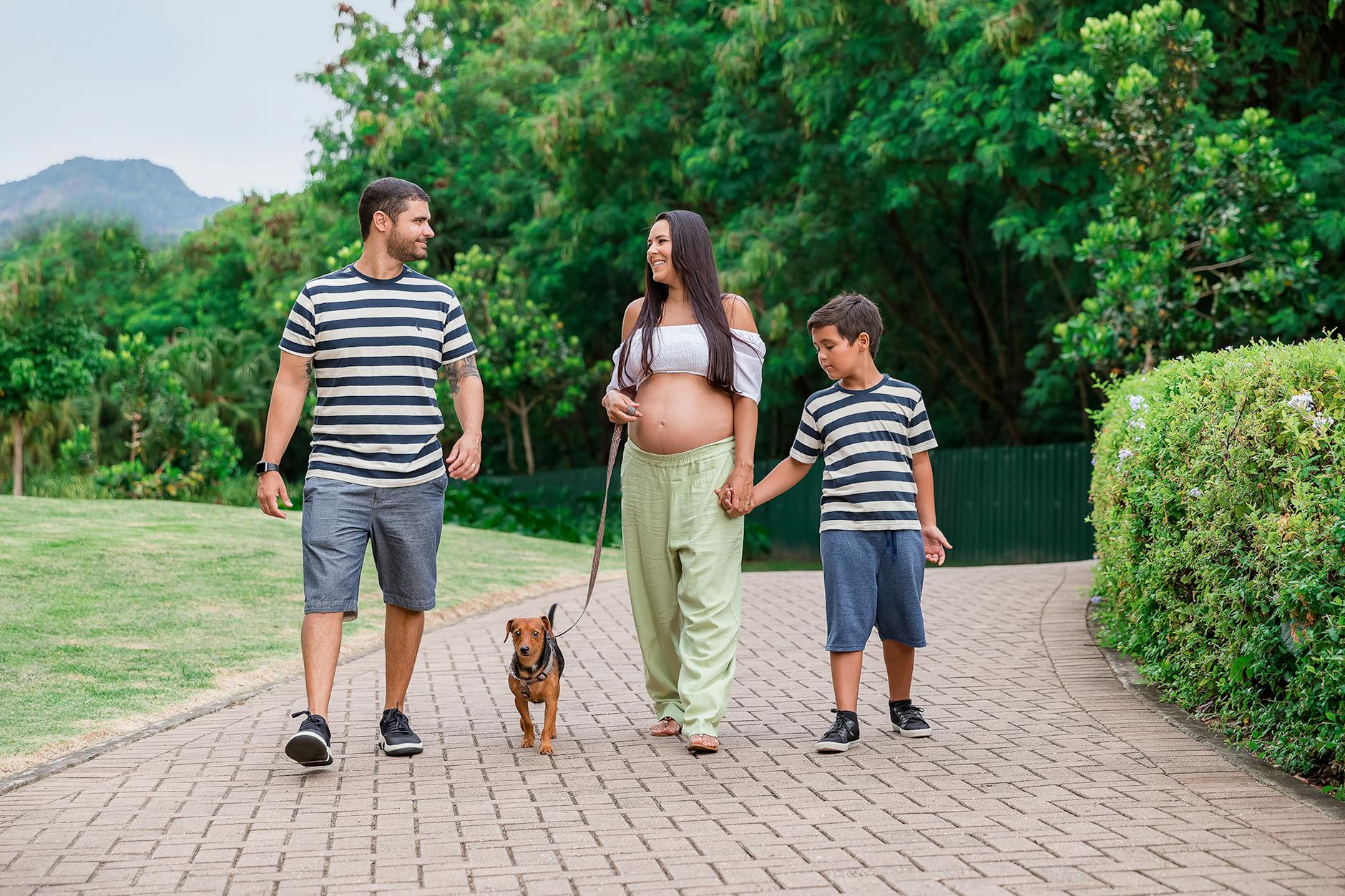Master Dog Crate Training Today!

Dog crate training is a widely recommended practice by veterinarians and animal behaviorists alike. It plays a critical role in providing your furry friend with a secure environment while aiding in various aspects of their life, including housebreaking, preventing destructive behavior, and providing a personal space for your pet. Unlock the secrets to successful dog crate training with expert tips and techniques for a happier, well-adjusted pet. Start mastering the process today with this guide!
The Benefits of Dog Crate Training
Before embarking on the crate training journey, it's important to understand the advantages of crate training your dog:
- Safety: A crate keeps your dog safe when you are not around to supervise, preventing them from getting into potentially dangerous situations.
- Housebreaking: Dogs are den animals and will typically not soil their sleeping area. Crate training can be a significant asset in potty training.
- Transportation: A dog that is comfortable in a crate will be less stressed during car rides or flights and be safer while traveling.
- Recovery: Should your dog need surgery or become ill, crate rest can be crucial for a safe recovery.
- Personal Space: A crate can serve as a den-like space where your dog can retreat and relax when overwhelmed or tired.
Choosing the Right Crate
Size
The crate should be large enough for your dog to stand up, turn around, and lie down comfortably. However, it should not be so large that your dog can easily soil one corner and retreat to another.
Material
The most common types of crates are metal wire crates, plastic crates, and soft-sided crates.
- Wire crates offer good ventilation and visibility; they are also collapsible for easy storage.
- Plastic crates are more enclosed and can provide a cozier den feeling; they are also required for most airline travel.
- Soft-sided crates are lightweight and portable but may not stand up to heavy chewing or scratching.
Crate Training Techniques
The Introduction
Make the crate inviting by putting in soft bedding and a favorite toy. Keep the crate door open, and let your dog explore it at their own pace. Reward them with treats and praise when they go in.
Feeding Meals in the Crate
Begin by placing your dog's food near the crate, then inside the crate. This will create a positive association with the crate.
Gradual Increase in Crate Time
Start with short periods in the crate while you are home. Gradually increase the duration as your dog becomes more comfortable.
Positive Associations
Reward your dog with treats, praise, or playtime after they spend time in the dun crate to reinforce the idea that it's a pleasant place to be.
Crate Training Do's and Don'ts
Do's:
- Be patient: Crate training can take days or weeks, depending on your dog's age, temperament, and past experiences.
- Keep it positive: Never use the crate as a punishment. It should always be a happy and safe place.
Don'ts:
- Do not lock them up immediately: Avoid forcing your dog into the crate before they're ready, as this can cause anxiety.
- Do not leave your dog crated for too long: Adult dogs shouldn't be left in a crate for more than 8 hours, and puppies for shorter periods depending on their age.
Conclusion
Dog crate training is a powerful tool in managing your pet's behavior and ensuring their safety. With the correct approach, your dog will learn to love their crate as their own private, safe space. Remember to be patient, and consistent, and use positive reinforcement throughout the training process. A well-cradled dog is often a calmer, happier companion. Start on this rewarding journey today and witness the transformation in your pet's routine and behavior.